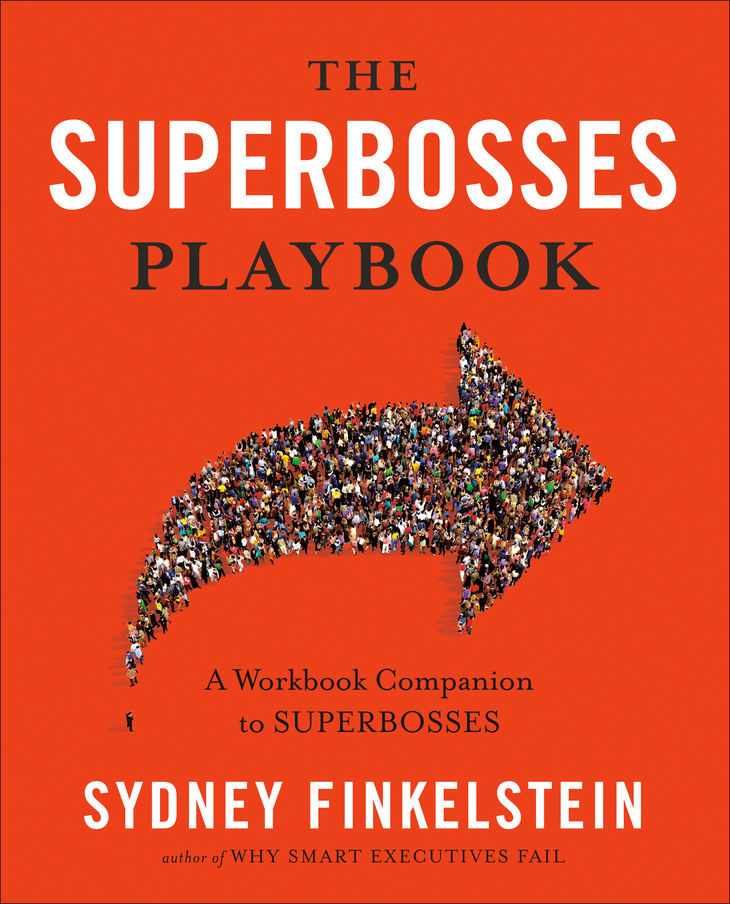Three years ago, Sydney Finkelstein, the Steven Roth Professor of Management at Tuck, released his groundbreaking book Superbosses: How Exceptional Leaders Master the Flow of Talent.
 In it, Finkelstein analyzes the habits and beliefs of some of the world’s most successful talent magnets, such as Lorne Michaels, Alice Waters, and Ralph Lauren, distilling their wisdom into actionable advice for managers and companies. The book quickly became a bestseller and eventually one of Amazon’s top books of 2016.
In it, Finkelstein analyzes the habits and beliefs of some of the world’s most successful talent magnets, such as Lorne Michaels, Alice Waters, and Ralph Lauren, distilling their wisdom into actionable advice for managers and companies. The book quickly became a bestseller and eventually one of Amazon’s top books of 2016.
Since then, Finkelstein has conducted many workshops and training sessions with companies, helping them successfully implement the lessons from Superbosses. Along the way, he found it was helpful to give managers concrete exercises and group activities that sparked assessment, reflection, and action. He received a lot of positive feedback from these sessions and has now published The Superbosses Playbook, a workbook companion to Superbosses.
“One of the things I really thought about here is that people buy and read business books, and they could be great books, but then they’re forgotten,” Finkelstein says. “It’s making that transition, from the ideas you read about to the day-to-day work, that’s the challenge in training and thought leadership. And that’s a problem I tried specifically to address with the Playbook.”
Using the same organizational structure of Superbosses, Finkelstein’s new book provides three to five exercises or group activities for each of the eight areas of talent management and development he initially identified. Examples include talent spotting, motivating action and results, unleashing creativity and innovation, and networks.
Superbosses take their role as a teacher seriously—it’s one of the most important things they do. Don’t just assume your employees are learning from you. Ask them.
In the section on “Master-Apprentice,” which focuses on the importance of mentorship and teaching in a manager/team relationship, Finkelstein’s first exercise instructs the reader to ponder “What are you really teaching your team?” To evaluate one’s fitness as a teacher, the exercise spurs managers to ask their employees to brainstorm a list of things they have learned from the manager. Step two is to evaluate the feedback. “If your team members have to strain to think of knowledge or wisdom you’ve imparted, maybe you haven’t been spending enough time teaching,” he writes. Steps three through five are to share the list with the team, make a teaching plan, and evaluate the results. Two of the key takeaways from this exercise are that “Superbosses take their role as a teacher seriously—it’s one of the most important things they do” and “Don’t just assume your employees are learning from you. Ask them.”
Over the course of more than 280 pages, Finkelstein gives managers step-by-step guidance on how to think and act like a true Superboss and, importantly, how to evaluate their own success or failure at the task. It’s these simple exercises that set this book apart from many other managerial tomes that just go back on the shelf. “The core thing that Superbosses is about, and that the Playbook takes to the next level, is that every company, senior executive, and CEO is focused on finding great talent and developing and retaining that talent,” Finkelstein says. “It’s been that way for a long time. And that’s because it doesn’t get solved very easily.” Thankfully, Finkelstein has made the job just a bit easier.

